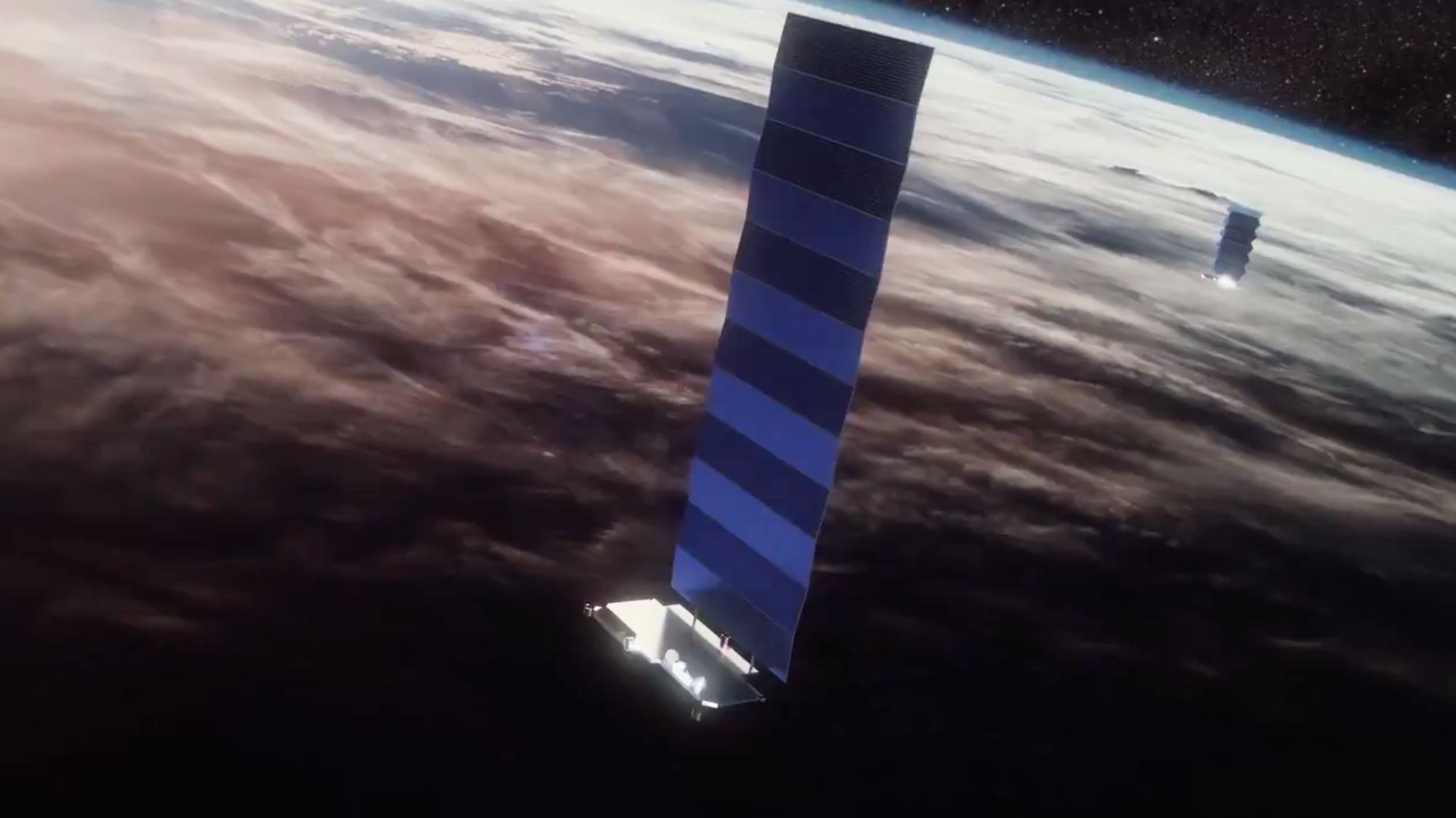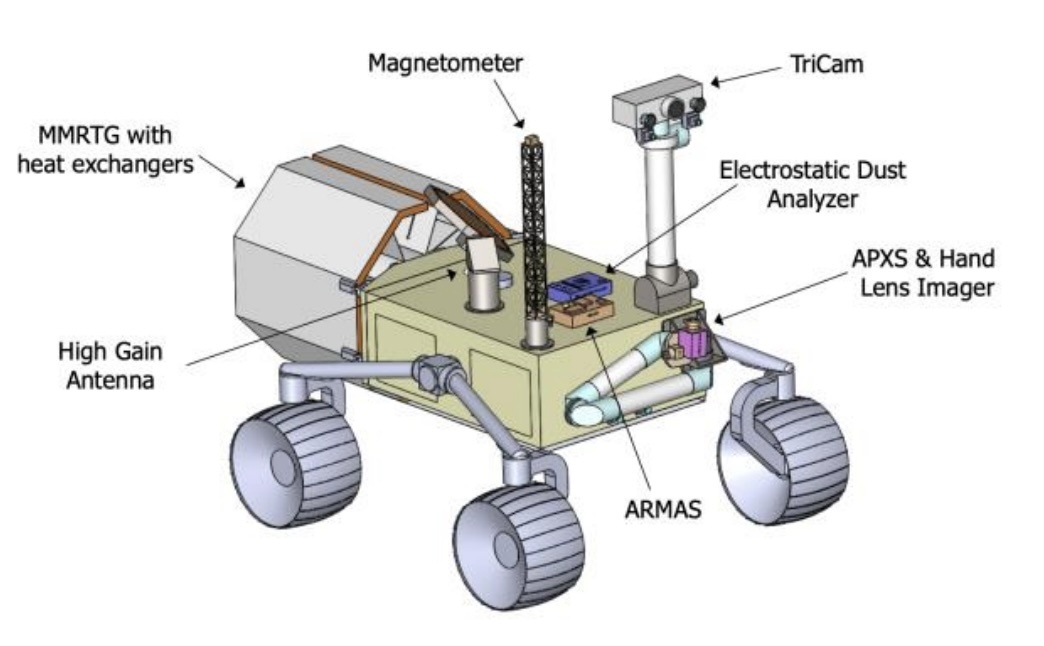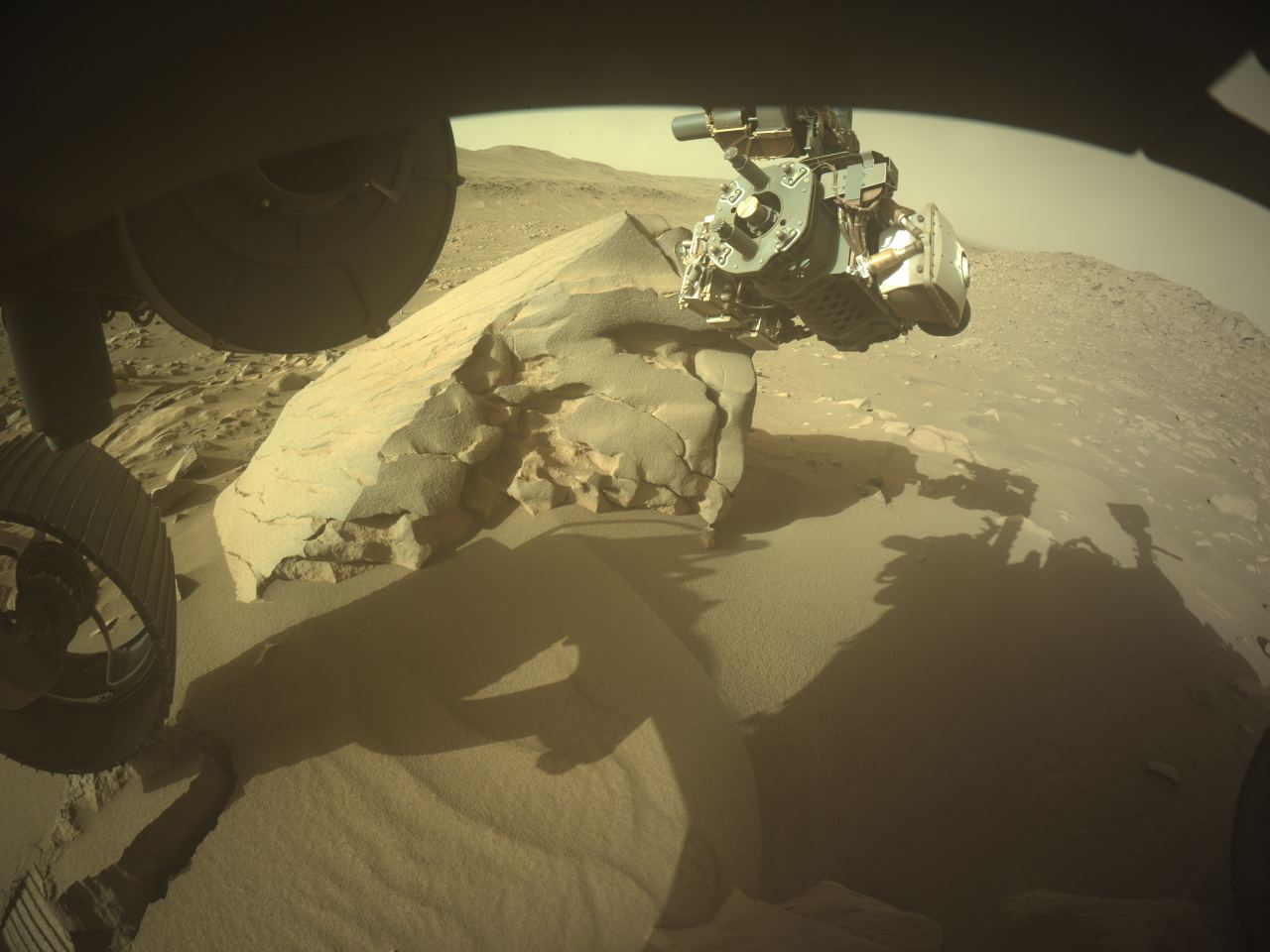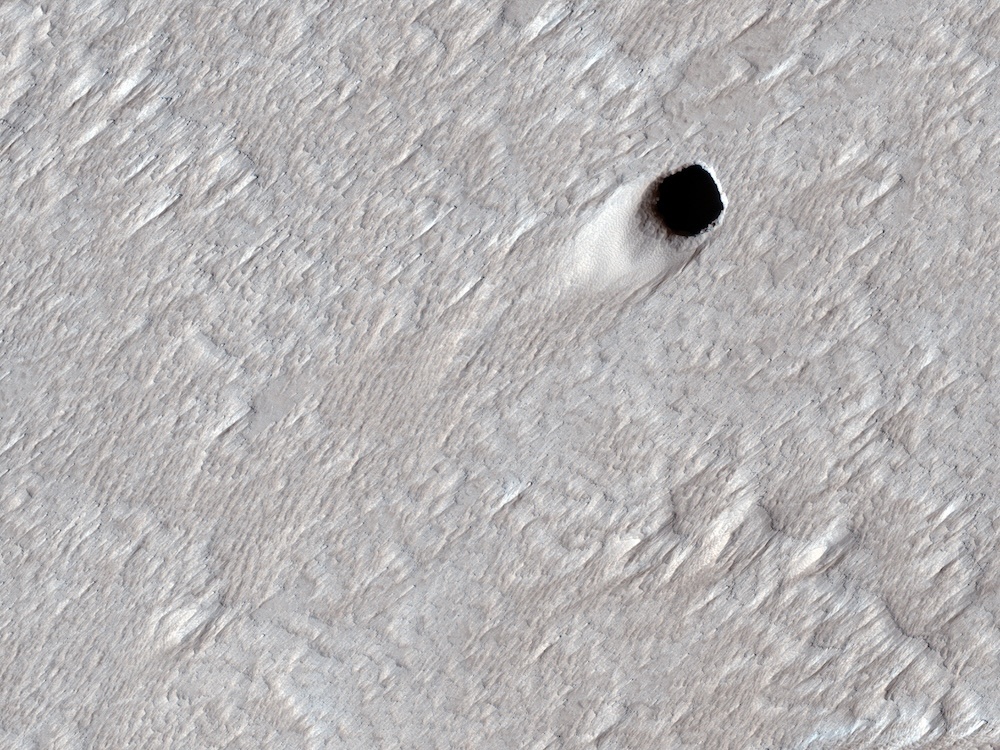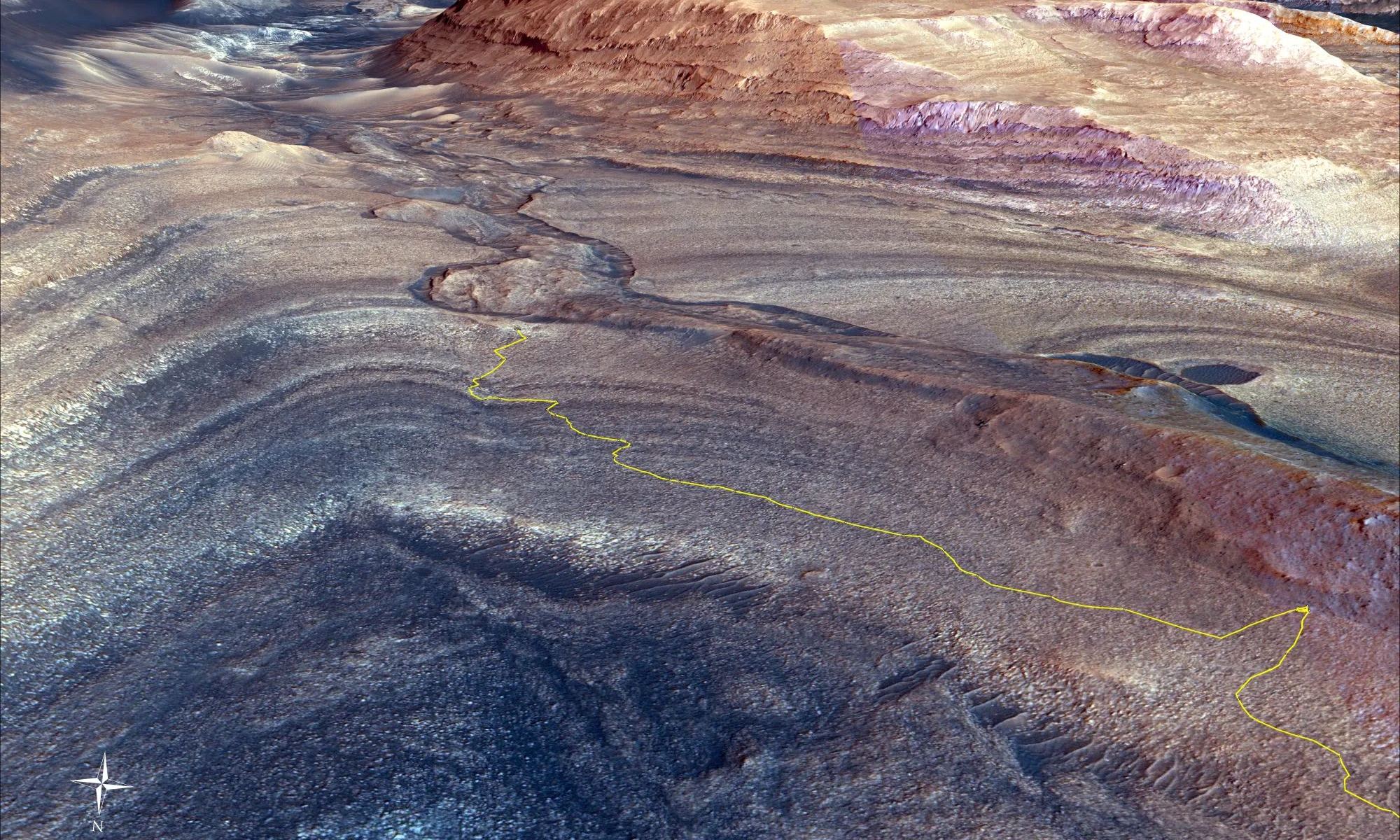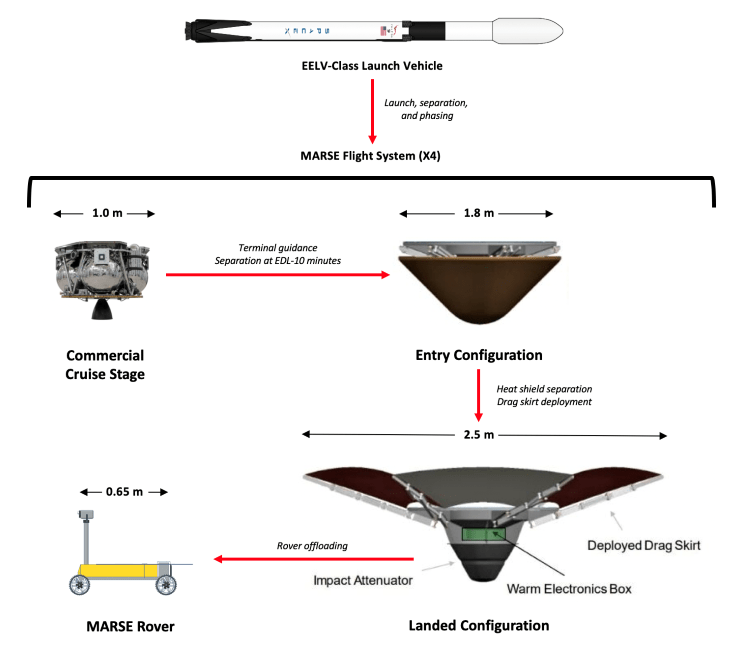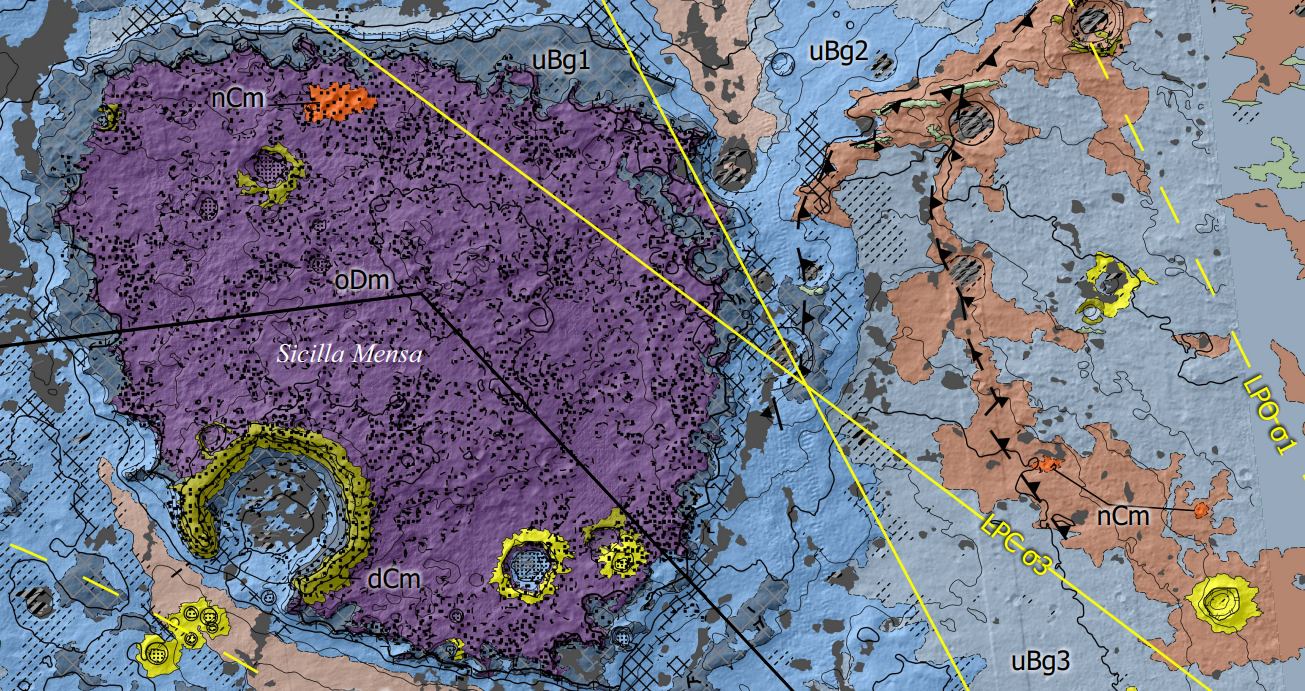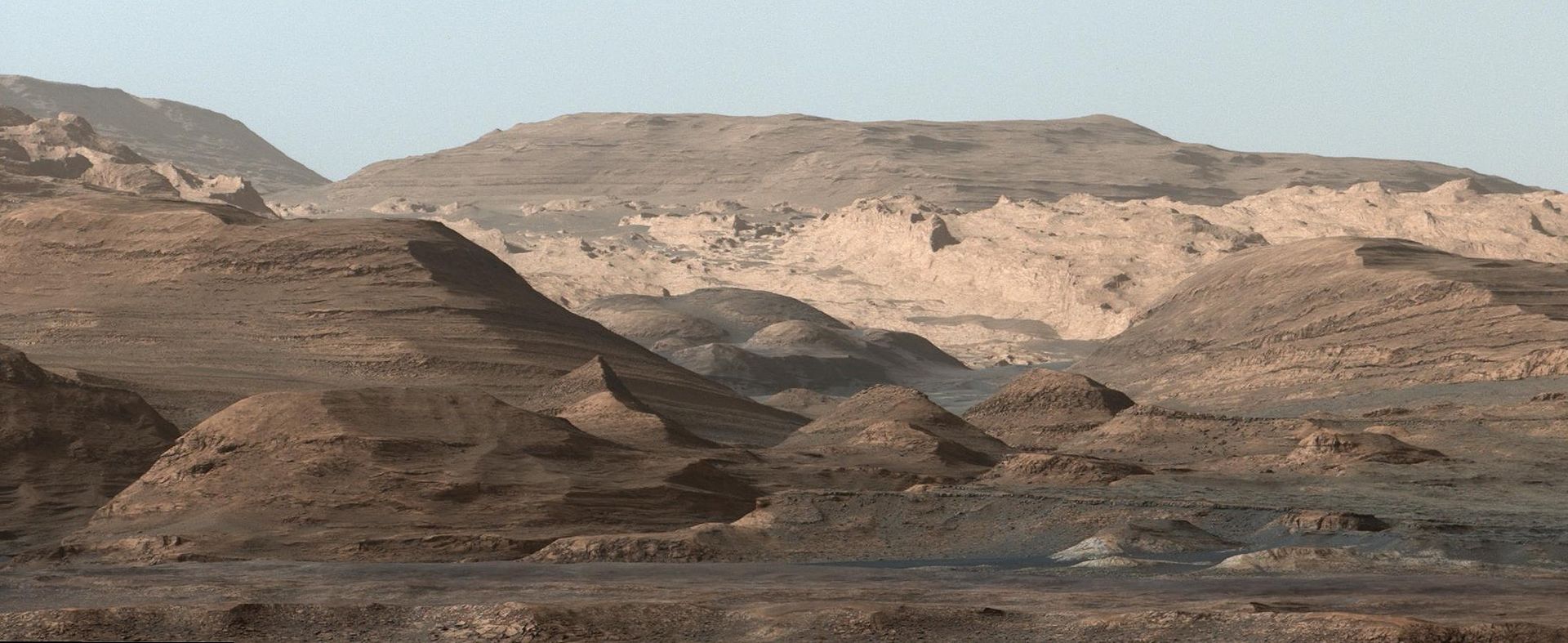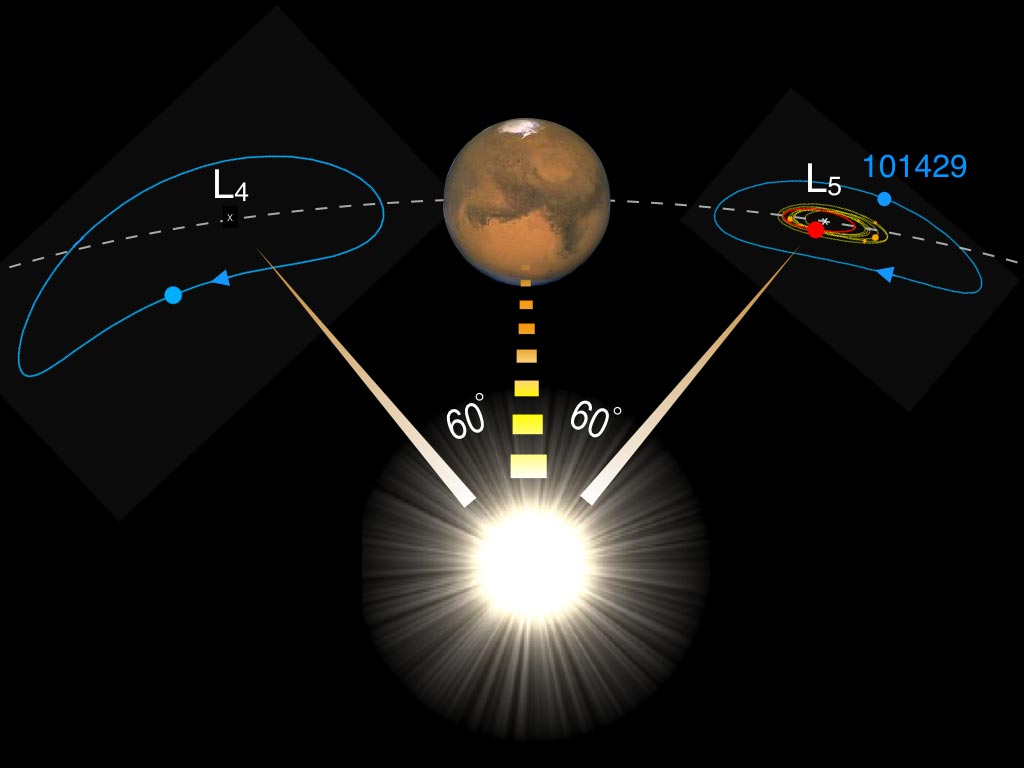NASA has given the go-ahead for SpaceX to work out a plan to adapt its Starlink broadband internet satellites for use in a Martian communication network.
The idea is one of a dozen proposals that have won NASA funding for concept studies that could end up supporting the space agency’s strategy for bringing samples from Mars back to Earth for lab analysis. The proposals were submitted by nine companies — also including Blue Origin, Lockheed Martin, United Launch Alliance, Astrobotic, Firefly Aerospace, Impulse Space, Albedo Space and Redwire Space.
Awardees will be paid $200,000 to $300,000 for their reports, which are due in August. NASA says the studies could lead to future requests for proposals, but it’s not yet making any commitment to follow up.
Continue reading “Starlink on Mars? NASA Is Paying SpaceX to Look Into the Idea”
